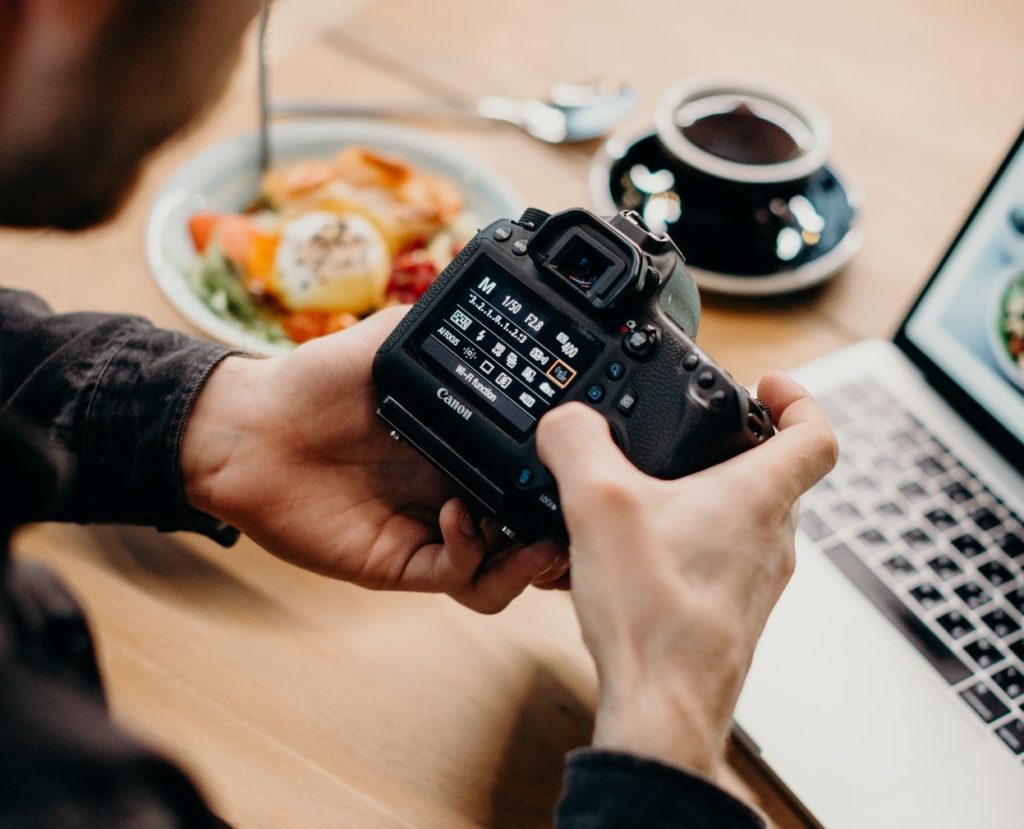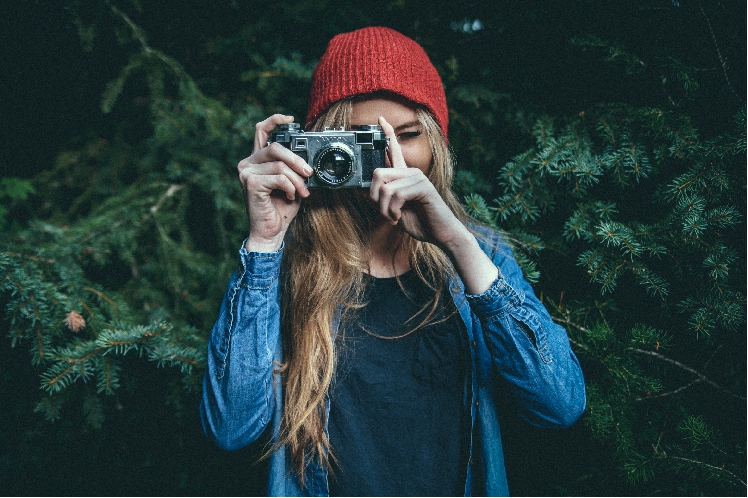
There’s so no shortage of tips and tricks online about how to improve your photography skills. So much so that learning how to improve your photography can seem like a daunting task. From shooting options to lens types and from file formats to flash settings, there are so many places to start that it can all feel a bit overwhelming. Given that these skills all relate to specifically using your camera, it’s no wonder that, for some beginners, their camera can start to feel like a Pandora’s box. It might feel like your best bet is just to leave it and stick to shooting in auto mode!
There are some unexpected skills outside of knowing how to use your camera to master and apply to your photography, resulting in dramatically improved photographs. Sure, knowing your device is important, but so is understanding how different colours complement each other, how to interpret weather patterns, or if the object you’re shooting is best for landscape or portrait.
Great photography is about getting the most out of your equipment, but also about getting the most out of what you’re shooting. Here are five uncommon photography skills which will help you produce high-quality photographs that show your subjects in the best possible light.
Colour Theory
Colour theory is a science dating back centuries that originally emerged to help painters plan their artworks and mix their pigments. When it comes to the composition of scenes, much of what applied to the creation of oil paintings remains valid today in photography. Different colours play differently when they appear next to each other, and certain combinations are more naturally pleasing to the eye than others.
Understanding how different colours enhance, diminish, and interact with each is vital for constructing a successful photograph. Colour theory will affect under what lighting conditions you’ll choose to shoot a landscape, how you’ll ask a portrait subject to dress and how you’ll edit your photograph.
While at first, referring to colours as being either primary or secondary, warm or cold, or receding or advancing might seem like an abstract removal from taking photographs, as your composition improves, you’ll quickly begin to notice the real world applications of this fascinating body of knowledge.
While it sounds counter-intuitive, a solid grounding in colour theory is also indispensable for shooting in black and white as you’ll gain a better understanding of how various colours will appear under monochrome conditions.
Understanding the Weather
As with so many other pastimes, be it hiking or sailing, when you practice nature photography, you’re at the mercy of the elements. However, while you can’t hike in a hurricane, there are no weather conditions that are completely unphotographable, as long as you learn how to read them.
Often, in fact, once you’ve learned to gauge and record them correctly, the most inclement conditions can make for the most incredible visual effects. At first, you might have thought of mist and fog as barriers to great photographs as they obscured your views of mountains or landscapes. But by studying more about these meteorological phenomena, you can learn how to get the most out of them and leverage all weather conditions into great photographs.
Similarly, while every photographer is always searching for the best light, great photographers know that there’s no such thing as truly bad light, just a lack of expertise in knowing how to turn dimly lit scenes into strikingly unique pictures. By learning more about how sunlight falls in various atmospheric conditions and at different times of the day, you’ll no longer be beholden to waiting for the “magic hour” to take your photographs!
Portrait Psychology
A good portrait shouldn’t just record the face of the person sitting for the picture; it should convey to the viewer something deeper about who that person really is and what they were thinking and feeling at the time when their likeness was recorded. Portrait photographers have to get this across to their audience solely through visuals, without relying on the luxury of a text to explain to the viewer what the sitter is thinking.
To achieve this, the best tool a photographer can have at their disposal, after their camera, of course, is a keen understanding of psychology and human behaviour. By talking to their subject as they shoot them, good portrait photographers can spot a look in the eye or a way of holding the head that conveys something revealing about their subject. By getting to know how their subject’s personality manifests itself physically, they can capture these moments of disclosure and produce portraits that say something about the sitter that they perhaps didn’t intend on saying.
Animal Tracking
While animal photography can be incredibly rewarding, finding the animals in the first place can be a trying experience! Whether you’re photographing animals on land, in water or in flight, you might often find the vast majority of your time is actually spent on locating your subjects instead of shooting them.
While some might say that the chase is all part of the enjoyment of animal photography, there are concrete steps you can take to drastically improve your strike rate when it comes to succeeding in finding your chosen subject. By developing your animal tracking skills, you’ll reduce the time spent looking for animals and maximise the time spent snapping them!
By learning about animal tracks, habitats and eating habits, you’ll learn how to successfully track animals without disrupting their environments or their feeding patterns. The end result will be even more natural and authentic-looking photographs of animals you’re viewers won’t believe you were there for!
Aerial Photography
Aerial photography is becoming more and more popular, and when you look at the best aerial photographs, it’s easy to see why. Photos taken at great heights afford the photographer angles and views that are simply impossible from the ground.
The spike in popularity that aerial photography has seen in recent years is down to the growing availability of drone technology to the general public. Drone photography provides you with various previously unavailable points of view, giving you a greater understanding of your subject. For landscape photography, what you’ll learn from photos taken with a drone can also be a great help with your ground photography.
To get the most out of this new technology, you must understand how a drone works and acquaint yourself with the various flight functions. Once you’ve mastered how to fly it, you’ll be well on your way to capturing stunning aerial photographs which, previously, you could only have dreamed of!

